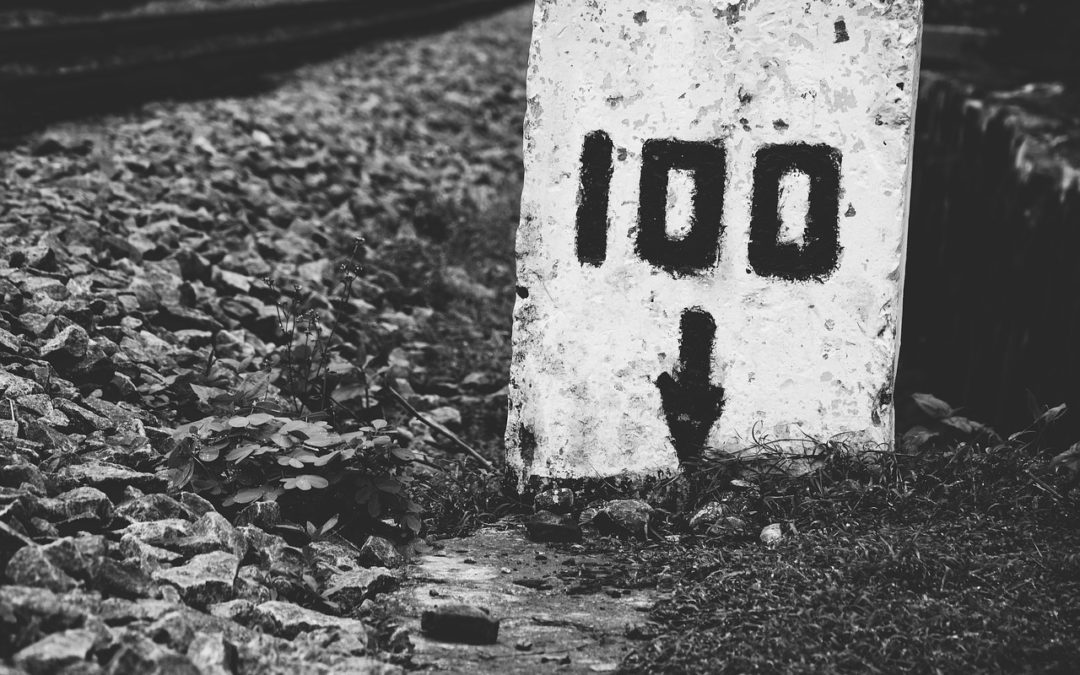This Grand Junction Chiropractor Requires Your Cooperation for Successful Treatment
Chiropractic care is only as good as your self-care. We can assist with getting your body back into proper balance, but part of successful chiropractic treatment is to also help speed the healing of the surrounding tissues. I find that it’s best if you, as the patient, has a good understanding of how your body needs to participate in the healing process, and how you can help.
The first milestone in the treatment of a soft tissue injury is turning the corner from the acute inflammatory phase to the repair, regeneration and rehabilitation phase. This second phase is your body’s time to remove destroyed cells, lay down new tissue and heal itself. The inflammation needs to be eliminated as quickly as possible because the processes of repair are retarded by the inflammation of the first phase.
The Acute Inflammatory Phase is over when:
- The severe pain is gone.
- The sharp pain or catch on movement is gone.
- There is no tenderness to the touch.
- The inflammation is gone.
- Muscle spasm is lessened.
- Hot packs are tolerable without causing additional inflammation.
During the acute phase you may be impatient because your participation is limited. You need to rest, use ice and prevent muscle contracture. In the first week you will do gentle range of motion. This should be done within a pain free range and weights should not be used. During the repair/rehabilitation phases you will be very busy doing a major portion of your own care.
Characteristics of the Repair Phase
A dull soreness will be present for the first two weeks of this phase due to tissue damage. Occasional pain will occur when the area is overworked. Injured tissue is fragile and susceptible to reinjury. Throughout the next six to eight weeks you will notice a gradual reduction in the amount pain and stiffness until it is completely gone.
Heat is beneficial in this stage. The heat increases circulation, which delivers nutrients and oxygen, speeds cellular division and reproduction, and enhances phagocytic activity to clear out dead cellular material.
The repair phase is also the time to begin strengthening soft tissues, muscles, and ligaments. This process is started very slowly and takes 6-8 weeks. You need to do full range of motion exercises, muscle toning exercises and light weights may be used.
Remodeling Phase
The body continues the process of strengthening the once-injured tissue for up to twelve months. This is achieved by maintaining flexibility, muscle tone, and cardiovascular fitness. You may need an occasional adjustment during this period.
Soft tissue injuries can have permanent residuals. These end results are reduced by giving your injury the proper care. The injured tissue will have more or less of the following characteristics:
- Weaker
- Less elastic (stiffer)
- More sensitive (sorer)
- More prone to periodic subjective exacerbations (flare-ups) with increased use or stress.
- Loss of functional capacity (doesn’t work like it used to)
Factors associated with a poorer recovery following soft tissue injuries are:
- Numbness and/or pain in an extremity
- Radiographic visualization of postural abnormalities
- Restricted motion at one or more spinal joint.
- Need for a brace for more than twelve weeks
- Need for home traction
- Need to resume treatment more than once due to symptom exacerbation
